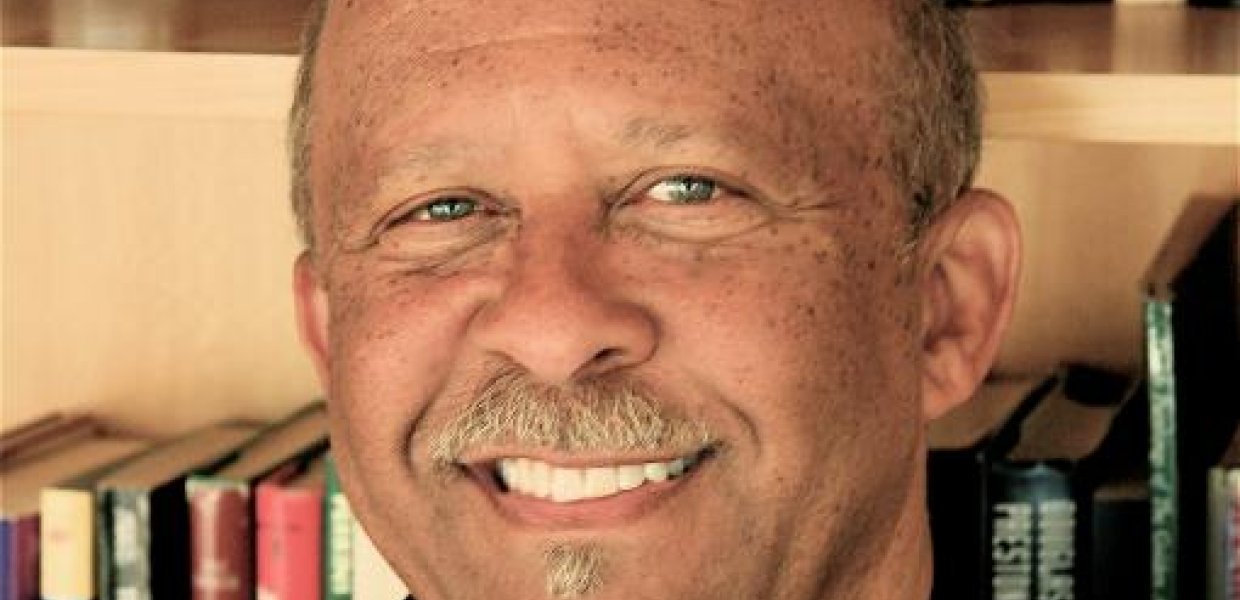At Annenberg “diversity” is not just an aspiration, it’s an actuality. We think and talk about diversity in our classrooms and hallways, we teach it and we conduct research on it. We change the world around us by engaging deeply with scholars, executives and practitioners beyond the campus.
Just walk into the new Wallis Annenberg Hall, and take a look through the glass walls of the Julie Chen/Leslie Moonves and CBS Media Center. Chances are you’ll be struck by the number of women and students of color making media there. Less visible—but just as important for today’s society—is the diversity and integration of their programs, as public relations, journalism and communications students collaborate at news desks covering sports, L.A. politics, USC’s neighborhood and entertainment. Note the diversity of the technologies they use as well. This is where the excitement really occurs, as students and faculty of different backgrounds bring their unique perspectives to bear on the advancement of a common purpose.
The Media Center is not just a laboratory and classroom but a working newsroom as well, so our students are inventing new ways to understand and report on diverse communities. Indeed, all our programs throughout the school wrestle daily with how to re-invent the meaning of diversity for a new age.
Sometimes, this means fostering difficult, even uncomfortable, conversations about race, gender, sexuality and other differences that characterize American society today. Unless we all feel at least a little discomfort, we’re probably not pressing hard enough to advance our understanding. Confronting our assumptions about tough questions is at the core of an Annenberg education.
For example, we need to disentangle the different meanings of diversity. How is diversity different from inclusion? From empowerment? How do we combine all of them creatively to foster the innovation our world so badly needs?
These are key questions facing the companies who hire our students. Employers tell us constantly not to sendthem anyone with a conventional perspective on the world because that world is changing deeply in unexpected ways. Organizations—whether in media, communication, finance, technology or education—need diverse perspectives and people who are comfortable with those of different backgrounds.
On a personal note, as an African–American male who grew up in a segregated, southern city—Washington, D.C. —I’m astonished to see so many advances in communication and journalism. Yet I can’t help but recognize how much work remains to be done if we’re to have a media ecology that fully represents today’s diverse realities.
In these pages, you will read about just a portion of the amazing work my colleagues are doing to include and empower those who have too long been excluded. Some programs have been at Annenberg for years, like Stacy Smith’s widely-heralded Media, Diversity, & Social Change Initiative. Others, like the Institute for Diversity and Empowerment at Annenberg (IDEA) and its summer program for Ph.D. students, both now steered by professor Taj Frazier, are very new.
Over the course of this past year we held many events on the themes of diversity and inclusion. At one, an undergraduate student shared that, for the millennial generation, “we are all diverse in some way.” We should take this insightful comment to heart. Indeed, her comment is very much at the heart of what makes the USC Annenberg School for Communication and Journalism the great institution that it is today.
